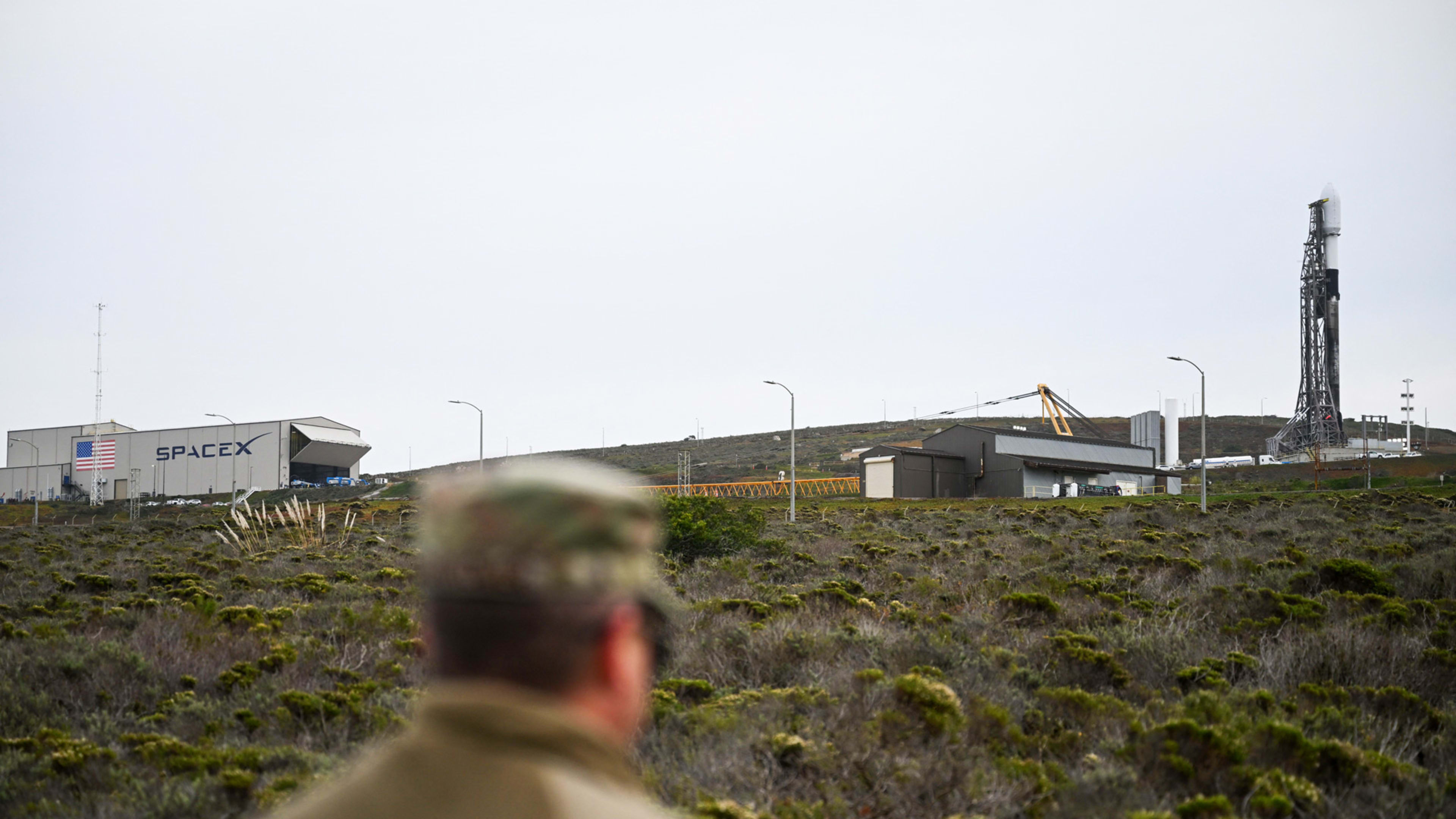One lawmaker is looking to make military-launch facilities run more like commercial airports with a pair of amendments introduced this week when the House Armed Services Committee debates its version of the National Defense Authorization Act.
Democratic Rep. Salud Carbajal of California introduced on Wednesday two amendments on the Spaceport of the Future: one to allow the military to recoup more launch costs from companies and a second to simplify the process of leasing federal land to launch providers.
Launch bill
The first amendment will authorize the Space Force to charge companies for the indirect costs of launching from military ranges, including utilities, such as power and water usage, as well as wear and tear on base infrastructure, a spokesman from Carbajal’s office says.
The concern is being driven by the skyrocketing pace of launches out of both Patrick Space Force Base in Florida and Vandenberg Space Force Base in California. In 2020, the Florida range supported 31 launches, according to the Space Force. This year, the base is preparing for up to 87 launches, a number that’s only expected to keep growing.
“When it was just ULA, the burden on the literal roads of bases [and] those indirect costs were not to the point of concern,” the spokesman said. “You can imagine that the Space Force has the concern [of] what is that going to mean for the literal range infrastructure—the roads, the bridges—that come with dragging massive rockets over them day by day.”
Crunching the numbers
Today, the Space Force charges companies for direct costs of launching from military facilities, like weather analysis or other things that directly use military resources.
Under the amendment, the indirect costs charged to a company can’t exceed 30% of their direct-cost bill for a particular launch, the spokesman for Carbajal’s office said. The indirect-cost reimbursement will also be capped at $5M per company each year.
What’s next
If it passes and is included in the final legislation, the new charges will take effect when the bill becomes law. The program is set to expire in fiscal 2026 without a reauthorization from Congress, the spokesman said. It also won’t affect existing contracts that launchers have with the military, he added.
For lease
Carbajal’s second amendment would give the Space Force the authority to lease military property to commercial space companies, the spokesman said. It’s a process that can happen today, but it requires congressional action. The proposal would give the Space Force the ability to welcome new companies on base on its own.
Ninety percent of the funding generated by those leases will go back to the Space Force to support launch infrastructure, the spokesman said.
This story originally appeared on Payload and is republished here with permission.
Recognize your brand’s excellence by applying to this year’s Brands That Matter Awards before the final deadline, June 7.
Sign up for Brands That Matter notifications here.
